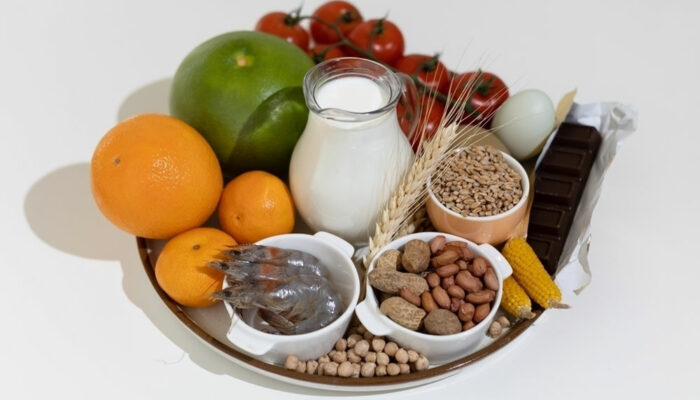
health
6 foods that worsen EoE symptoms
Eosinophilic esophagitis (EoE) is a condition that causes inflammation in the esophagus. This chronic immune system disease is characterized by the aggressive growth of eosinophils, a type of white blood cell, in the lining of the esophagus. EoE flare-ups can resemble allergic reactions. So, certain triggers, such as specific weather conditions, other disorders, and foods, can worsen symptoms of EoE. Here are some of the foods to avoid when dealing with the condition: Milk Dairy products such as milk, yogurt, butter, cheese, and cream can trigger EoE flare-ups. These products are made up of components like casein, diacetyl, lactalbumin, lactose, tagatose, whey, rennet casein, and more that cause undesirable chemical reactions in the esophagus of those with dormant EoE symptoms. Once that happens, the growth of eosinophils becomes even more aggressive, causing symptoms like pain and discomfort. Pasta Most types of pasta contain gluten, another protein that triggers or worsens EoE symptoms. Gluten or wheat sensitivity and inflammation are observed in people with EoE. As wheat and gluten are the building blocks of pasta, cereals, white bread, and crackers, these foods must be avoided when affected by EoE. Alternatively, one can opt for foods like rice, quinoa, tapioca, beans, barley, and legumes, as they offer similar nutritional value without gluten.
Read More 








